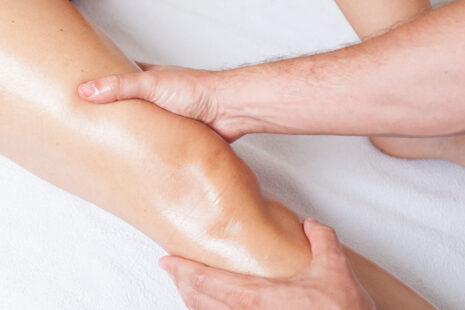Kienböck’s disease, also known as avascular necrosis of the lunate, is a condition that affects the wrist. It occurs when the blood supply to the lunate bone, one of the small bones in the wrist, is disrupted, leading to bone death or necrosis. This can result in pain, stiffness, and limited mobility in the wrist joint.
While Kienböck’s disease can occur in anyone, including athletes in various sports, there is no specific association between gymnastics and the development of this condition. However, activities that involve repetitive stress or trauma to the wrist, such as gymnastics, may potentially contribute to the development or exacerbation of Kienböck’s disease in some individuals.
The exact cause of Kienböck’s disease is not always clear, but it is believed to involve a combination of factors, including…
- Vascular Insufficiency – Reduced blood flow to the lunate bone can occur due to various factors, such as trauma, anatomical variations in blood supply, or vascular diseases. Over time, inadequate blood supply can lead to bone death and the development of Kienböck’s disease.
- Mechanical Factors – Repetitive stress or trauma to the wrist joint, such as repeated impacts or excessive loading during gymnastics maneuvers, can contribute to the development of Kienböck’s disease, particularly in individuals who engage in high-intensity or high-impact activities.
- Anatomical Variations – Some individuals may have anatomical variations in the structure of the wrist joint or blood vessels that predispose them to Kienböck’s disease.
- Genetic Factors – There may be a genetic component to Kienböck’s disease, as it can run in families or be associated with certain genetic conditions.
Symptoms of Kienböck’s disease can vary but may include…
- Wrist pain, particularly on the thumb side of the wrist
- Swelling and tenderness in the wrist joint
- Decreased grip strength and wrist mobility
- Difficulty performing activities that involve wrist movement or weight-bearing
Treatment for Kienböck’s disease depends on the severity of symptoms and the stage of the condition. Conservative treatments such as rest, immobilization, pain management, and physical therapy may be recommended initially. In some cases, surgical interventions such as bone grafting, joint fusion, or joint replacement may be necessary to relieve pain and restore function to the wrist joint.
If you are experiencing wrist pain or other symptoms suggestive of Kienböck’s disease, it’s essential to consult with a healthcare professional, such as an orthopedic surgeon or hand specialist, for proper evaluation and management. They can provide a comprehensive assessment and develop a personalized treatment plan to address your specific needs and optimize your recovery.



